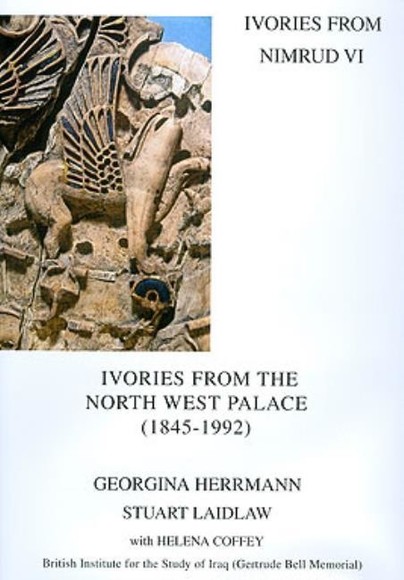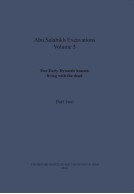Ivories from Nimrud VI (Hardback)
Imprint: British Institute for the Study of Iraq
Pages: 444
ISBN: 9780903472265
Published: 25th August 2009
Script Academic & Professional
Pages: 444
ISBN: 9780903472265
Published: 25th August 2009
Script Academic & Professional
You'll be £75.00 closer to your next £10.00 credit when you purchase Ivories from Nimrud VI. What's this?
+£4.99 UK Delivery or free UK delivery if order is over £40
(click here for international delivery rates)
Order within the next 3 hours, 56 minutes to get your order processed the next working day!
Need a currency converter? Check XE.com for live rates
(click here for international delivery rates)
Order within the next 3 hours, 56 minutes to get your order processed the next working day!
Need a currency converter? Check XE.com for live rates
The great, ninth century palace which Ashurnasirpal II (883-859) built at his new capital of Kalhu/Nimrud has been excavated over 150 years by various expeditions. Each has been rewarded with remarkable antiquities, including the finest ivories found in the ancient Near East, many of which had been brought to Kalhu by the Assyrian kings. The first ivories were discovered by Austen Henry Layard, followed a century later by Max Mallowan, who found superb ivories in Well NN. Neither Layard nor Mallowan was able to empty Well AJ: this was achieved by the Iraqi Department of Antiquities and Heritage, who retrieved arguably the finest pieces found at Nimrud. Finally, an interesting collection of ivory and bone tubes was found by Muzahim Mahmud, the discoverer of the famous Royal Tombs, in Well 4. This volume publishes for the first time the majority of the ivories found in the Palace by location. These include superb examples carved in Assyria proper and across the Levant from North Syria to Phoenicia and provide an outstanding illustration of the minor arts of the early first millennium. In addition ivories found in the Central Palace of Tiglath-pileser III and fragmentary pieces found in the domestic contexts of the Town Wall Houses are also included. In addition to a detailed catalogue, this book also aims to assess the present state of ivory studies, discussing the political situation in the Levant, the excavation of the palace, the history of study, the various style-groups of ivories and their possible time and place of production. This volume is the sixth in the Ivories from Nimrud series published by the British School of Archaeology in Iraq now known as the British Institute for the Study of Iraq.
Other titles in British Institute for the Study of Iraq...















